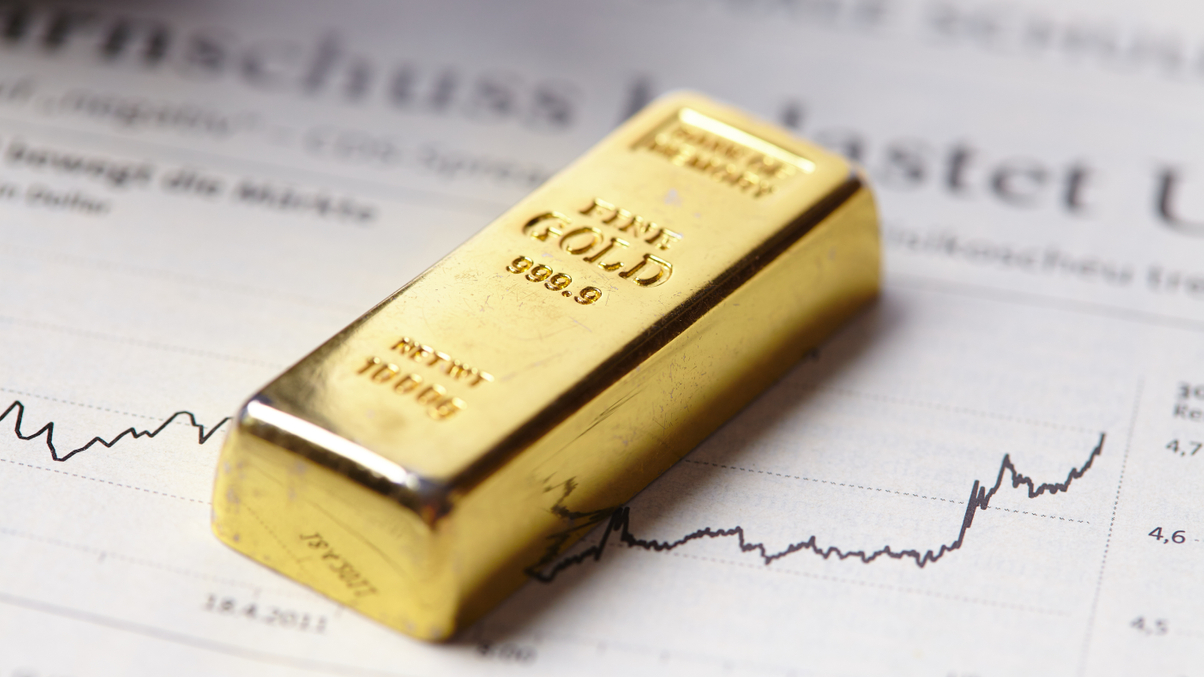Market Views: Is gold set for an all-time high?
The precious metal has seen a sharp rally thanks to its safe-haven status – but will it surpass the record price set in 2011, and is it still a good bet? Six experts offer their views.

It has been an eventful time so far this year for gold – as for most other assets – with the yellow metak plunging along with equities in March and then soaring past a seven-year high, all within a few weeks.
Sign in to read on!
Registered users get 2 free articles in 30 days.
Subscribers have full unlimited access to AsianInvestor
Not signed up? New users get 2 free articles per month, plus a 7-day unlimited free trial.
¬ Haymarket Media Limited. All rights reserved.


